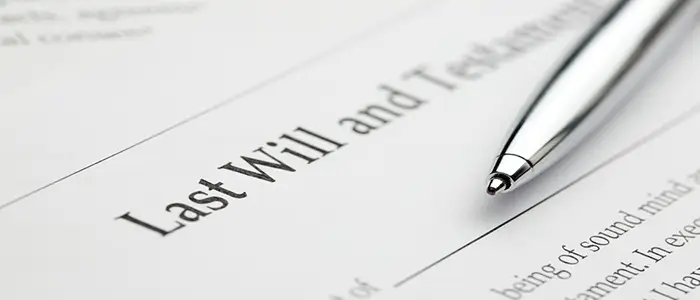Disclaimer: When dealing with legal matters, make sure you make your decisions based on complete information that is pertinent to your situation and your goals. Always gather advice form a licensed and authorized professional.
Navigating the complexities of legal arrangements for retirees and pre-retirees can be challenging, especially when it comes to understanding the differences between guardianship and power of attorney. Both are legal mechanisms designed to protect individuals who may not be able to manage their own affairs, but they serve different purposes and have distinct characteristics.
Guardianship:
Guardianship is a legal relationship established by a court. In this arrangement, a guardian is appointed to make decisions for individuals deemed incapable of making decisions for themselves, known as the ward. This inability may be due to various reasons, such as mental incapacity, disability, or age-related issues. Bound by a fiduciary duty to prioritize the ward’s well-being, the guardian navigates crucial choices in healthcare, living arrangements, and finances. Establishing guardianship can be intrusive and costly, as it requires court intervention and ongoing supervision.
Power of Attorney (POA):
Power of Attorney (POA), on the other hand, is a voluntary arrangement where an individual, known as the principal, appoints another person, known as the agent or attorney-in-fact, to make decisions on their behalf. This can include managing financial affairs, making healthcare decisions, or handling other personal matters. The POA arrangement is more flexible than guardianship, as it allows the principal to define the scope of the agent’s powers, which can be as broad or narrow as the principal desires. Notably, a POA must be established while the principal is still mentally capable of appointing an agent. Once the principal is no longer capable, they cannot grant a POA.
The differences between these two arrangements are crucial in planning for future incapacity:
- Initiation Process: Guardianship is court-ordered, typically initiated when an individual is already incapable. POA, in contrast, is established by the individual while they are still competent.
- Control and Autonomy: With a POA, the individual has more control over who will make decisions for them and the extent of those decisions. Guardianship, being court-ordered, often gives the individual less say in who is appointed and the decisions they can make.
- Cost and Complexity: Establishing a POA is generally more straightforward and less costly than the guardianship process, which involves court hearings and ongoing legal involvement.
- Flexibility and Scope: A POA can be tailored to the individual’s needs, including setting limitations and specific powers. Guardianship is often more comprehensive, covering a wide range of decisions.
- Revocability: A POA can be revoked or altered if the principal is mentally competent. Guardianship, however, is usually more permanent and can only be altered or terminated by court order.
For retirees and pre-retirees, understanding these differences is vital in estate planning. Choosing between a guardianship and a power of attorney depends on individual circumstances, including the level of mental capacity, the degree of control desired, and the complexity of the individual’s affairs. Consulting with a professional specializing in elder law or estate planning is recommended to ensure that the chosen arrangement aligns with personal preferences and provides the necessary protections.
Don’t leave important decisions to chance! Contact a trusted financial advisor today to discuss the best legal arrangement for your future and ensure your wishes are respected.
Recap:
- Guardianship: Court-ordered, for those deemed incapable of making decisions. Offers protection but less control and is more costly.
- Power of Attorney: Voluntary, empowers someone to make decisions on your behalf while you’re still capable. Provides more control and flexibility.
Many people have learned about the power of using the Safe Money approach to reduce volatility. Our Safe Money Guide is in its 20th edition and is available for free.
It is an Instant Download. Here is a link to download our guide:


